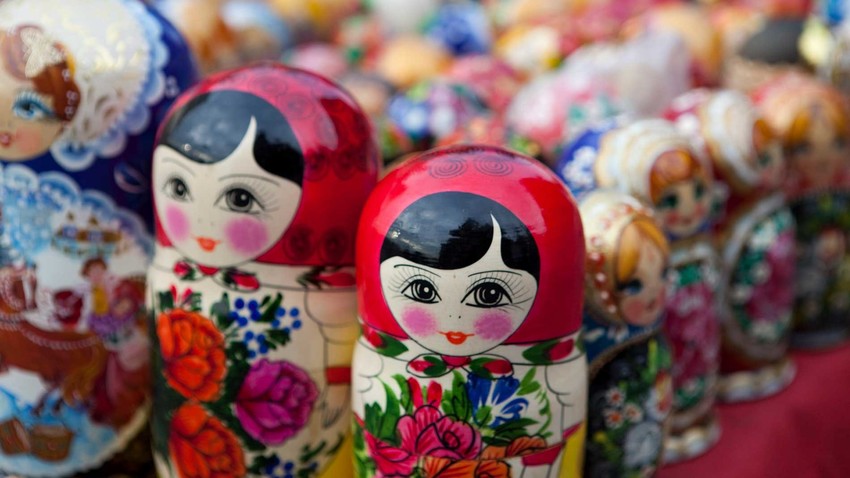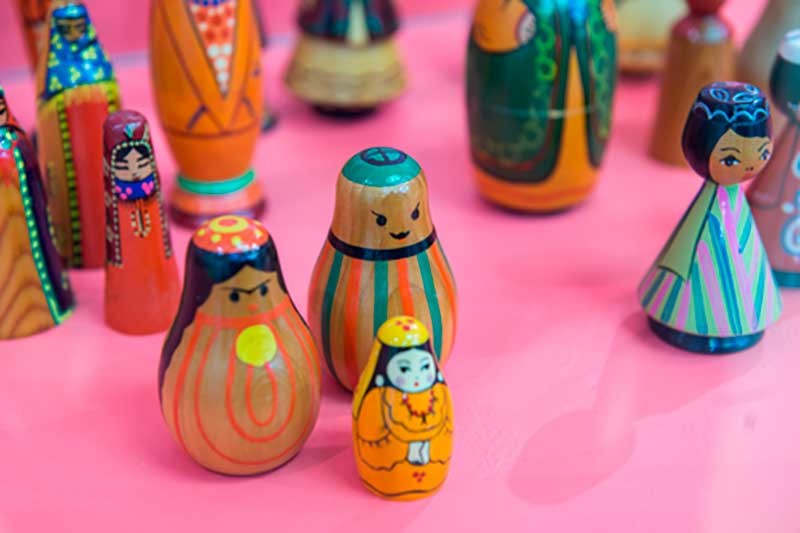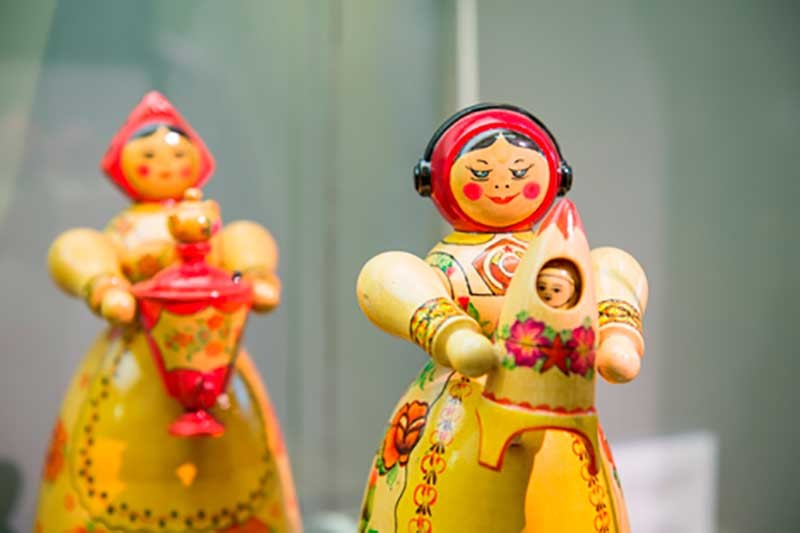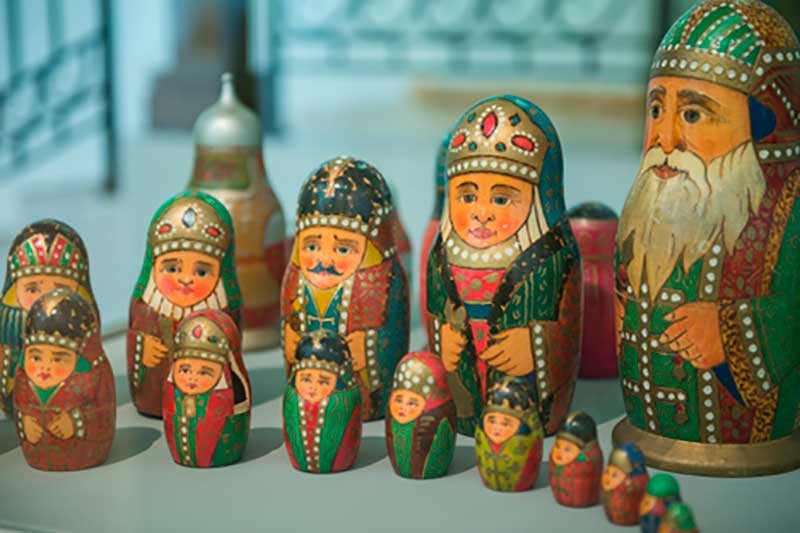
The Russian doll is one of the most recognizable symbols of Russia
Vostock-PhotoStep inside any souvenir store in Russia and there they

Exhibition of Russian dolls at All-Russian Decorative Art Museum
Press photoThe Russian doll, or matryoshka, to use the Russian name, is one of the most recognizable symbols of Russia – but while many see it as an example of the nation’s ancient traditions of woodworking and decorative handicrafts, the matryoshka is in fact far younger than it would appear. In fact, it dates back only to the late 19th century.
So what are the origins of this famous nesting doll? The word matryoshka comes from the name Matryona, which was very popular in the 19th century. The name means "respectable lady," "mother of the family," or "mummy."
"For all

Exhibition of Russian dolls at All-Russian Decorative Art Museum
Press photoBut what was the inspiration for the matryoshka? Throughout
The exhibition “Neprostaya Igrushka” (No Simple Toy) is on the display at the Museum of Decorative, Applied and Folk Art in Moscow until Sept. 13. Visitors can see nesting dolls from the late 19th century and Soviet examples made at factories in Sergiev Posad and the Bashkiria and Mordovia republics. More information and directions to the museum
According to one version, a relative of the Russian matryoshka is the roly-poly doll personifying the Buddhist monk Bodhidharma, who was one of the chief mentors of the ancient religion and founder of the Shaolin Monastery. His name in Japanese is Daruma. This name was used for a doll made of papier mache, notable for its solidity.
The Kokeshi doll, which served as a talisman for children, is also notable for its resemblance to the matryoshka. However, this Japanese doll bears a closer similarity to Russian straw dolls, which could be found in all peasant homes in the past.
The most probable candidate for the title of the matryoshka's older brother is the Japanese elder Fukurumu. Inside this wooden sculpture of the God of
Some believe that the prototype of the matryoshka was brought to Russia from Japan in the 1800s by the wife of famous art patron Savva Mamontov. In the second half of the 19th
The story goes that Mamontov asked artist Sergei Malyutin to make something similar. However, according to Yelena Titova from the All-Russian Museum of Decorative, Applied and Folk Art, the story is just that and there is no proof that the Russian matryoshka was "copied" from any concrete Japanese brother.
"The matryoshka appeared as a result of an
One way or another, the first Russian matryoshka appeared at the end of the 1890s in the Children's Education workshop in Moscow. Its creators were turner Vasily Zvezdochkin and artist Sergei Malyutin. In 1900 the toy was exhibited at the Universal Exhibition in Paris. The colorful doll was recognized as the best dissembling toy both from the educational and the technical points of view, creating a real craze amidst the public and receiving a bronze medal.
Before the 1930s painted toys were generally works created by individual artists. The wooden figurines were painted not only by artist-craftsmen but also by representatives of the Russian avant-garde, which was fascinated by the Russian Revival style of the 1800s. In the middle of the 1930s factory production of the matryoshka was introduced, thanks to which it eventually obtained the status of the country's main souvenir.

Exhibition of Russian dolls at All-Russian Decorative Art Museum
Press photoFrom the 1990s onward the matryoshka in Russia became a unique canvas for the self-expression of various types of artists. All foreign tourists visiting Russia in that period remember the souvenir rows on Moscow’s Arbat with the differently painted matryoshkas representing politicians, pop stars, and actors, sometimes as caricatures. Even today visitors to Moscow and St. Petersburg will find nesting dolls featuring a succession of Russian leaders, from current president Vladimir Putin back to Peter the Great.
The doll also underwent thousands of experiments in color,
"Regardless of all the changes that the matryoshka went through in the years following her birth, which
All rights reserved by Rossiyskaya Gazeta.
Subscribe
to our newsletter!
Get the week's best stories straight to your inbox